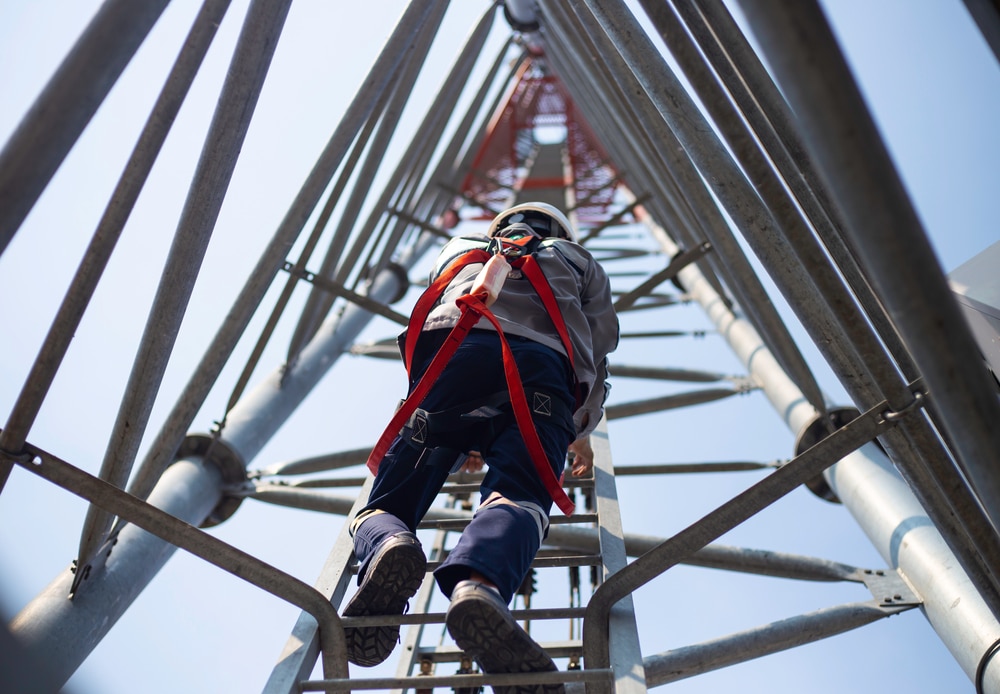
5G Installations Will Boost the Fiber Optics Market
With the promise of 5G, there is a promise of connection between intelligent networks, people, and a variety of applications. The data that it promises to generate and transmit is also immense, compared to the generations of technology before it.
As with every generation of technology, 5G may increase performance and enable more technological innovation. To make 5G a reality, however, there has to be an infrastructure in place that can support it. After all, 5G plans are to support billions of devices and trillions of Megabits of data.
What Does 5G Offer?
5G is set apart because it offers a connected society that could transform the economy and market. The smarter technology is, the more convenient and efficient different services can become. For instance, 5G can support smart buildings or cities and autonomous vehicles. Additionally, 5G increases the effectiveness of robotic surgery and can help increase the efficiency of virtual medicine.
What Is Fiber Optics Technology?
As the need for cloud computing and high-speed broadband networks increases, the need for fiber optic technology also increases. Fiber optics offer an advantage over metal and electrical cables. The technology is designed to handle high-bandwidth requirements and communicate messages over longer distances and with more security for these data sets.
Fiber optic technology includes several components:
- Cables
- Transceivers
- Splitters
- Active optical cables
- Amplifiers
- Connectors
- Circulators
Transparent, flexible glass or plastic strings make up the fibers. The fibers transmit light between the two ends of the strands.
How Does 5G Affect Fiber Optics?
While mobile technology has hyped up 5G, many people are not sure what it means. 5G is the fifth generation of wireless technology. The notable aspects of 5G are that it has bigger channels, less latency, and the ability to connect more devices at one time.
5G may provide data rates high enough to support virtual reality, augmented reality, and high-density video. When you think of 5G, you may think of wireless technology, but the pillars of 5G are cables, transmission lines, and data centers. 5G has a strong impact on the global network infrastructure. With the upcoming 5G network installations, there are new opportunities for fiber optic cables.
Due to 5G, the market for fiber optics has increased significantly. It has a compound annual growth rate of 11.27%. Fiber optic technology can be used to connect 5G cell sites in a network. These networks will be smarter than previous systems and will have a higher capacity per sector. Fiber connections can make that happen. If critical data stalls, it could lead to accidents on roadways, medical equipment malfunctions, and many different issues in other critical sectors.
Without fiber optic technology, 5G networks may not be able to transmit the amount of data necessary to create a more efficient, powerful high-bandwidth network of communication. Wireless technology must have a backbone. Fiber optic connections can be the foundation that transmits the immense amount of data necessary for these networks. With 5G becoming a reality throughout the global community, telecom companies need fiber optic technology. The fiber optics market is set to skyrocket because of 5G installations.





No Comments
Sorry, the comment form is closed at this time.